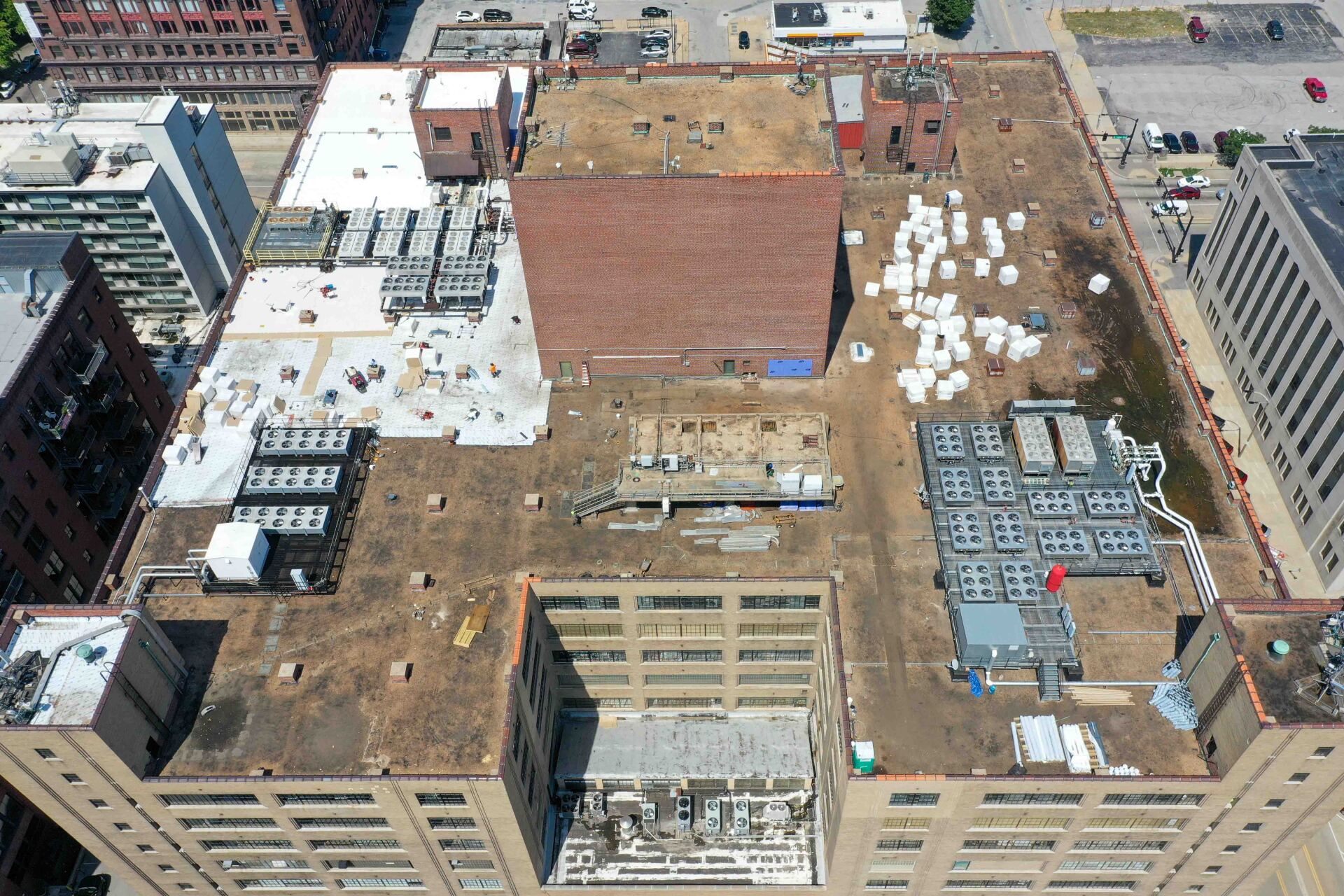The Importance of Scheduling in Construction

In life, there’s no doubt that planning is important! In the wise words of American founding father Benjamin Franklin, “By failing to prepare, you are preparing to fail.” Nowhere is this premise more true than in the field of construction, where virtually every factor of a construction project – from allocating resources appropriately to managing finances efficiently, and every area in between – depends on its proper scheduling. There are many benefits that flow from a careful, well-thought-out project schedule. There is no doubt that proper construction scheduling can make – or break – a project!
Did you know that, according to the Project Management Institute, 9.9% of every dollar invested in a project is misspent due to poor project performance? To put it into perspective, that means $99 of every $1,000 spent on a project is flat-out wasted due to simple bad planning! This shows the importance of pre-planning to ensure smart financial responsibility when it comes to the use and allocation of project resources and tasks.
Having a set construction schedule helps to set the work pacing on a project. For example, once a reasonable schedule has been implemented, subcontractors will know the expectations regarding the timeframe when they are expected to carry out their part of a project. This helps lead to minimal delays and ensures that construction materials will be put into place in a timely manner. Undoubtedly, this is an important money saving factor. Also, good scheduling practices ensure that the methods in which the work will be done are well planned in advance. This means both productivity and efficiency are maximized when it comes to labor as well as equipment factors. There is no question that resource and task planning are crucial factors when it comes to construction projects. And a construction schedule should be established as early in the project as possible to allow for a feasible work timeline to be implemented.
Of course, creating a timeline for a project is not easy, as there are many different components that must be taken into account. However, a well-detailed schedule is simply a necessity. Not only does it lead to better quality control, but it makes the entire building process far less stressful for everyone concerned. It also helps to avoid any last minute surprises or unexpected snags that can hold up your project.
Proper planning also allows for appropriate project scheduling based on the seasons. It can help to avoid costly delays when, for example, certain outdoor construction tasks cannot be completed in the wintertime. A well-thought-out schedule ensures that these project elements are considered well ahead of time.
Finally, it should be noted that on a construction job, the safety of every single person involved in the project must be carefully considered (including, of course, the client(s).) This is an issue of primary importance in any construction project. But having an effective project schedule allows for these safety concerns to be addressed. And having a pre-planned construction schedule ensures there is ample time to address any possible safety issues ahead of time.
For the best general contracting services in the greater St. Louis area, call Wright Building Systems now! Our telephone number is 1-636-212-2169. We service and manage commercial construction projects from start to finish within budget and deadline.
Sources
https://bizfluent.com/about-6680670-project-scheduling-important-.html



